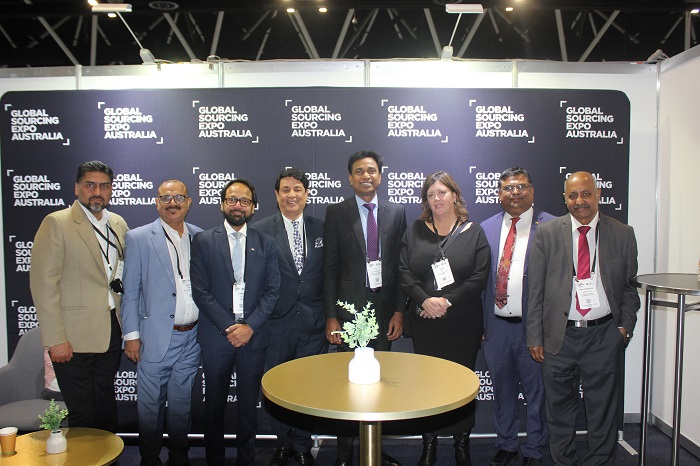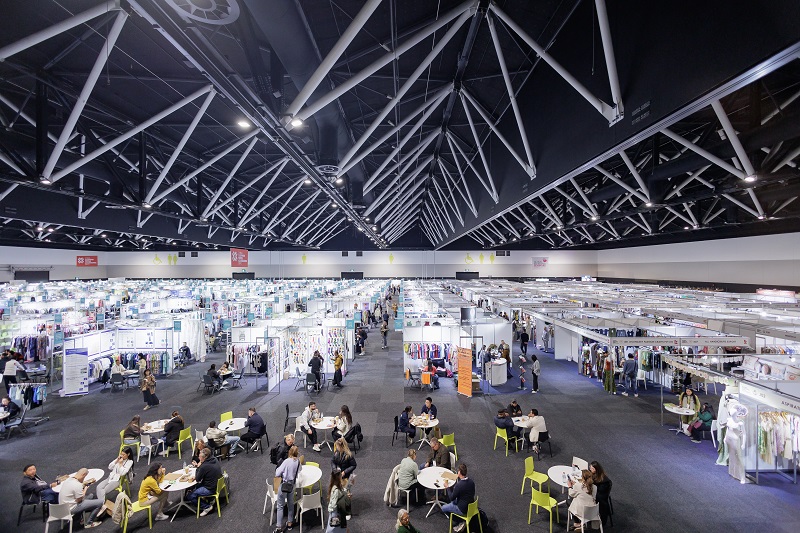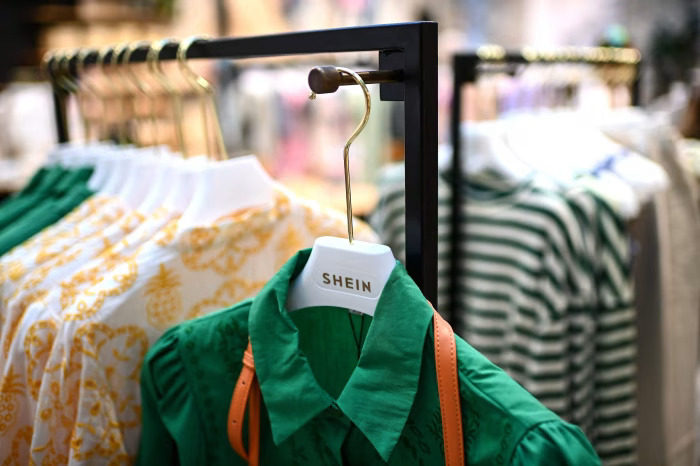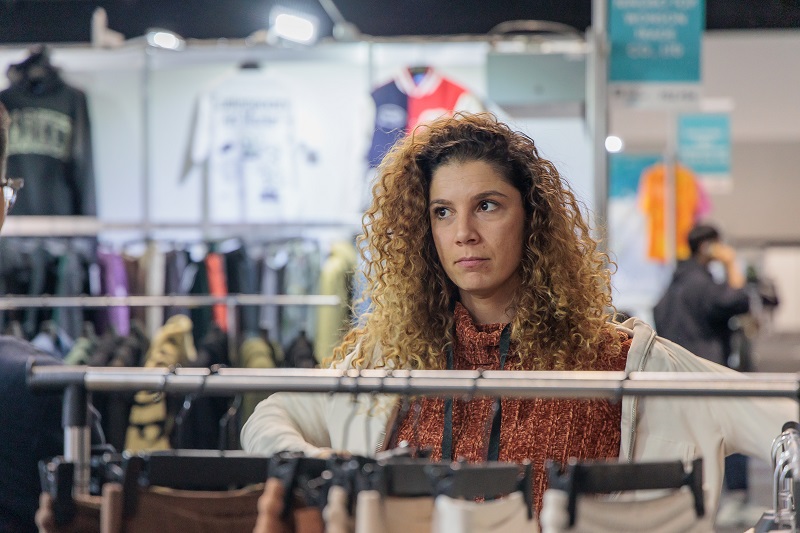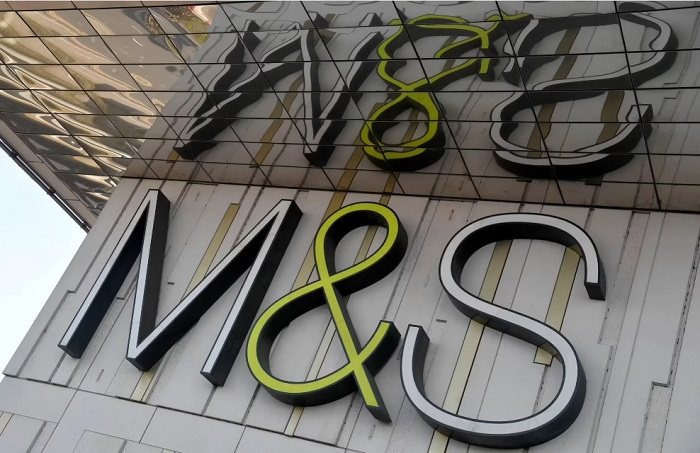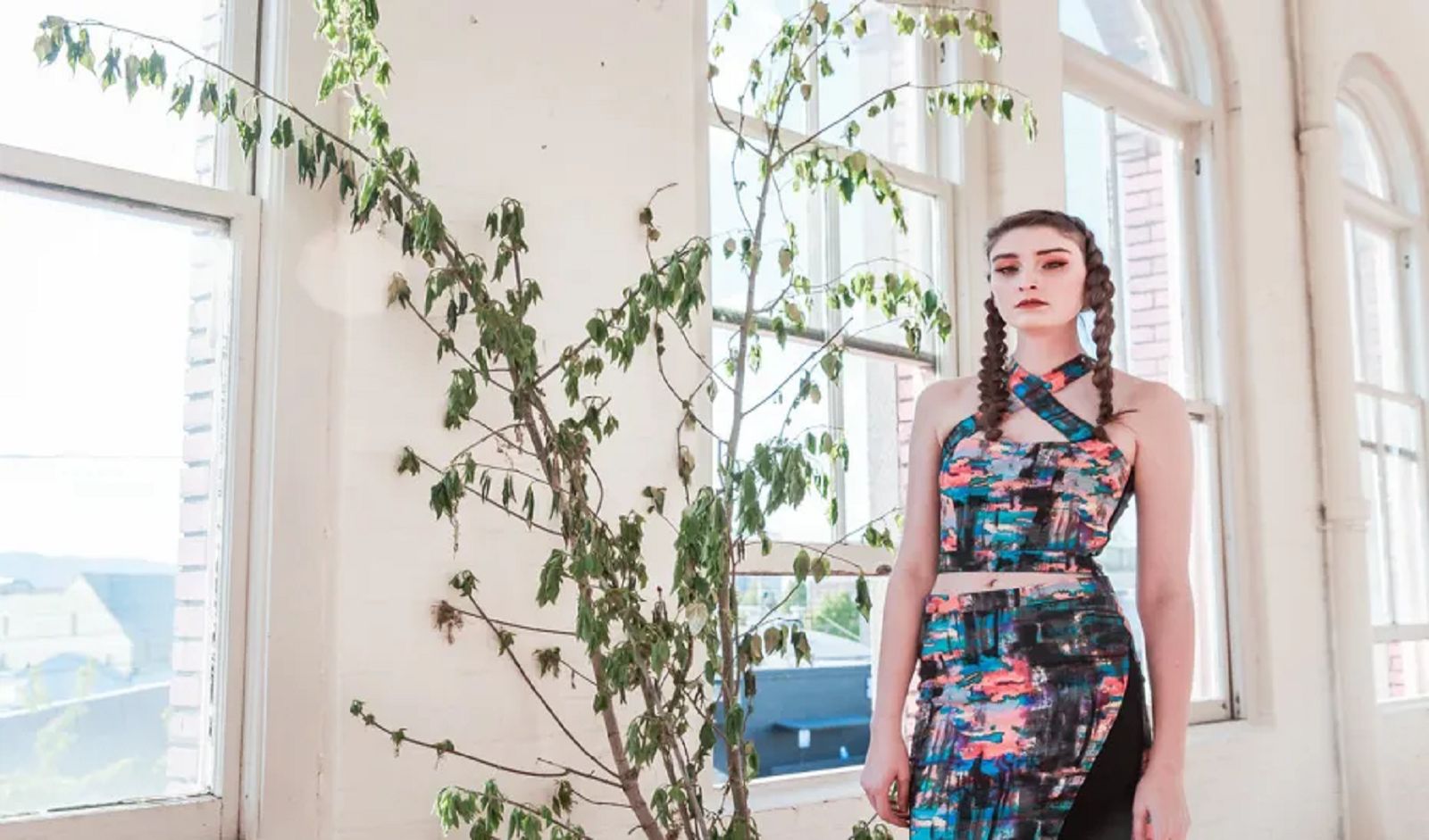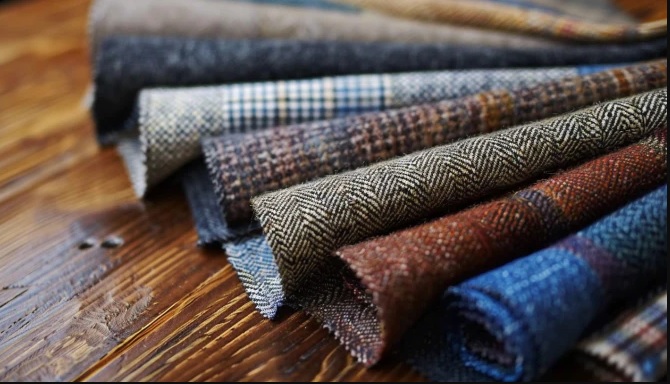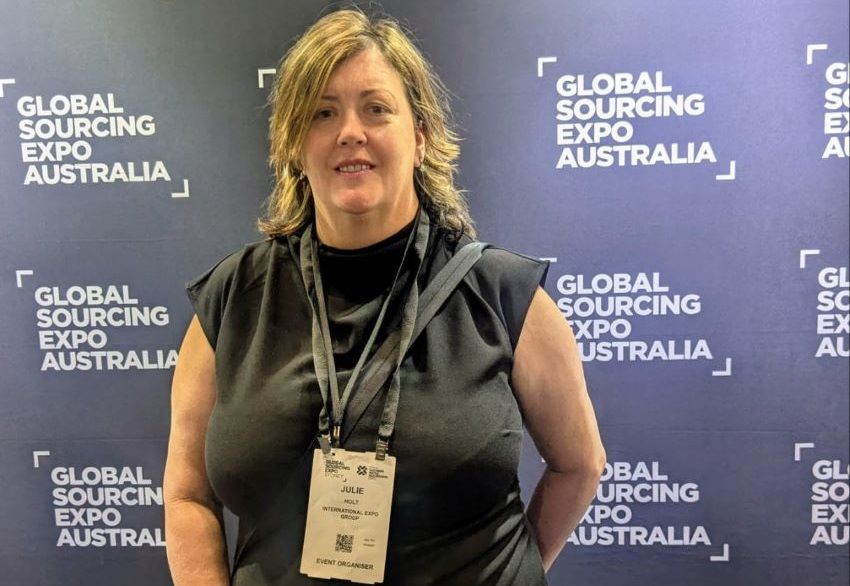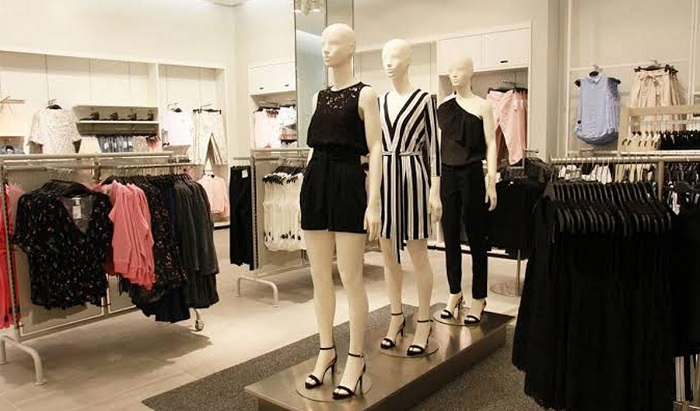FW
The Micro, Small and Medium Enterprises (MSMEs) are apprehensive as exports of readymade garments fell by 8.4 per cent post GST. Data reveals exports of readymade garments dropped by 8.4 per cent to $1.39 billion, also Cotton yarn and fabric exports fell by 9.6 per cent to $0.84 billion. Animesh Saxena, an MSME garment exporter explained issues faced by MSMEs during the early GST days continue to trouble the sector. The GST is yet to become a Good and Simple Tax for the country, the low trade figures explains that quite well. Profitability is badly hit as Indian garments are not able to withstand global competition. Duty drawback rate as well as the ‘not very smooth’ GST refund mechanism is leading to a lot of complication.
The Federation of Indian Exporters (FIEO) in a statement said labour intensive sector including garments could not perform well in exports due to the continuing effects of the new taxation in the country. FIEO said, ‘A slowdown in exports from labour-intensive sectors like garments, carpets, handicrafts and man-made textiles was largely due to liquidity crunch as tax refunds have been getting blocked since the introduction of goods and services tax. Exporters have been asking the government to look into the refund issue “seriously” by undertaking a drive so as to clear all cases by March 31, 2018.
Marimekko and Uniqlo, the Japanese global apparel retailer, announced their partnership on a special edition collaboration collection which will be available for a limited time only. The new collection for women will comprise a complete line of items that brighten lifestyles by combining the timelessly bold and vibrant print designs of Marimekko with the quality and comfort of Uniqlo’s casual street style. .
It’s a balance both labels emphasised as they presented the collection, on which they worked in unison for the last five years. The partnership was initiated by Yukihiro Katsuta, Vice-President of Uniqlo owner Fast Retailing and Director of Research and Design for the Japanese brand. According to Yukihiro Katsuta and Tiina Alahuhta-Kasko, CEO of Marimekko, the collection, available only at Uniqlo stores and on the retailer's website, is not aimed at a specific target. Both labels claim they share a similar approach to fashion, expressed by timeless, quality clothes which last, and put a premium on comfort, and both labels also overlap in terms of clientele.
To create the collection, Marimekko designers suggested dozens of motifs to the Uniqlo creative team. The latter eventually chose six of them, of which five come from Marimekko's archives and one, 'Kukkia rakkalle', was created by young designer Maija Louekari. All of them were designed using the printing techniques of Marimekko's Helsinki factory for inspiration. The intention of Uniqlo and Marimekko was to "allow everyone to express their own style, cheerfully and boldly." And while nothing has been decided yet, Uniqlo is accustomed to serial partnerships.
National Cotton Council economists note few key factors that will shape the US cotton industry’s 2018 economic outlook.
In recent months, cotton prices have grown despite the increase in world production. Although the current supply/demand chain are bearish, strong US exports, a weaker US dollar, heavy speculative buying and large mill fixations have supported prices, however, for the coming year, projections of record ending stocks outside of China could see prices soar.
In the long term perspective, several positive factors point to a more optimistic outlook for the cotton industry over the next few years. The world economy is improving and stronger growth is estimated in 2018 and 2019.
International cotton demand is increasing with current forecasts calling for an increase of approximately five per cent in 2017, which is more than double the previous five-year average. China will begin the next round of reserve auctions next month. A successful auction in 2018 could ensure that China remains the larger cotton importer.
Jody Campiche, the NCC’s vice president, Economics & Policy Analysis, says, World mill use is expected to exceed world production in the 2018 marketing year and global cotton stocks are projected to decline by 5.4 million bales in the 2018 balance sheet. In NCC’s annual Economic Outlook, she noted the global stocks decline is due to reduced inventories in China. China’s stocks are declining with USDA estimating a fall of 8.0 million bales in 2017. In 2018, an additional 10.0 million bale reduction in total stocks is expected.
World production is estimated to be 119.3 million bales in 2018. World mill use is projected to increase by approximately three per cent in 2018 to 124.8 million bales with most of the growth from China, Vietnam and Bangladesh. The US will remain the largest cotton exporter with a market share of 39 per cent in 2017 as against 40 per cent in 2016. China is currently the top export market for the 2017 crop year, followed by Vietnam and Pakistan. World trade is projected to be higher in the 2017 marketing year, but increased competition from other major exporting countries has led to a fall in the U.S. market share.
Welspun India, one of the largest home textile manufacturers in the world, has introduced a patented, end-to-end traceability process called Wel-Trak. This innovative process ensures customers and consumers can trace the provenance of the cotton raw materials throughout the supply chain from farm through to the retail.
Wel-Trak delivers end-to-end traceability using automated data capture using RFID, customised software for validation and robust IT & ERP systems to enable smooth operations across all stages of the production process.
Dipali Goenka, CEO and Joint Managing Director, Welspun India explains, all customers across the globe are happy about Wel-Trak as it is unique in the textile industry. Having a mechanism in place that enables them to track the source of the final product right back to the specific farm it comes from definitely adds value and transparency to the whole process.
The proprietary process permits traceability of any product back to its fibre source, through a state-of-the-art solution, thus ensuring transparency and real time information. Welspun announced a partnership with Oritain Global, a world leader in the use of scientific traceability to determine provenance of food, beverages, pharmaceutical and now extended to cotton fibre. This partnership ensures independent validation of Welspun’s supply chain using a method of chemical fingerprinting to identify the origin of the cotton fibre used for its home textile products. This exclusive tie-up with Oritain’s traceability technology supplements Wel-Trak and demonstrates Welspun’s commitment to full transparency and traceability of its home textile products throughout the supply chain.
VF Corporation has made history by becoming the only apparel company in the world to get placed into the list of World’s Most Ethical Company for the year 2018.VF Corporation, a global leader in branded lifestyle apparel, footwear and accessories, has now been placed in august company with the likes of Microsoft, Dell, Salesforce and Adobe, among a few others, in the list chosen by the Ethisphere Institute. The company’s ethical business standards and practices enabled VF it to become an honoree.
Steve Rendle, VF’s Chairman, President and CEO exults, “This honour has come as testament to integrity, commitment and passion of our 65,000 staff around the world who are doing the right thing across VFs global enterprise.” All participants are given scores which provide them with valuable insights into how they stack up against leading organisations.
A total of 135 companies from 23 countries representing 57 industries were recognised as ethical companies in 2018. The award will be bestowed on 13 March. Major parameters they are assessed on are: Ethics and compliance program, corporate citizenship and responsibility, culture of ethics, governance and leadership and innovation and reputation. These companies are shortlisted on Ethics Quotient (EQ) framework.
Ethisphere, a global leader in defining and advancing the standards of ethical business practices, has been honouring World’s Most Ethical Companies who recognise their critical role to influence and drive positive change in the business community and societies around the world and work to maximize their impact wherever possible since 2007.
Studies show a steady growth in the capacity of European plastic recyclers resulting in enhanced manufacture of fibres made from recycled PET. The latest figures are good news for the industry following uncertainty over the Chinese government’s decision to ban the import of plastics.
The annual Petcore conference held recently in Brussels, saw speakers from organisations including the Ellen MacArthur Foundation speak on the implementation of plastic circularity. Data from the Plastic Recyclers Europe show since 2015, the installed capacity for plastic recycling in Europe has grown from around 1.5 million tonnes to 2.3 million tonnes annually. Spain, Germany, Italy, Poland and France are accountable for around two thirds of the current capacity for plastic recycling on the continent.
Ton Emans, Chairman of PE Working Group says plastics recycling sector has been dynamic in the last few years. This shows that the industry is paving the way to enhance the circularity of plastics...The Plastics Strategy of the Commission and the Chinese import ban have already a positive impact as we see an acceleration of new projects across Europe.”
Under the theme ‘Strategy for PET in the Circular Economy’ at this year’s Petcore conference, speakers from the European Commission, the Ellen MacArthur Foundation and PCI Wood Mackenzie spoke about the PET market as well as the plastics industry in the European Circular Economy.
Petcore also focused on the European Circular Economy. Eline Boon spoke on behalf of the Ellen MacArthur Foundation, delivering a presentation ‘New Plastics Economy’. Boon said there is “a global momentum to rethink the plastics system,” emphasises that it isn’t a case of eradicating plastics, but just approaching their manufacture and usage in a different way.
Pakistan Hosiery Manufacturers & Exporters Association has asked for restoring trade association’s role in timely and transparent disbursement of PM Revised Export Package for 2017-18, due to banks failure in appropriately processing the refund cases of exporters. PHMA Chairman Khurram Anwar Khawaja says most commercial banks have failed to establish separate section and appoint professional staff for verification of exporters' refund cases. Majority of the banks/authorised dealers are also violating the SBP instructions to verify and forward the cases within 15 days due to lack of their capacity and expertise.
He further noted manufacturers and exporters of knitted garments are the largest industrial employment providing sector of Pakistan, besides earning around $2.5 billion annually through exports. Exports of the country during the past few years had seen a decline but the PMs Export Package 2017 had helped the export sectors to move forward.
A notification created hurdles in transparent disbursement of PM Package by eliminating the role of Associations. Khurram said during the textile quota regime misappropriation of billions of rupees took place in the Export Promotion Bureau along with malpractices in its management. When quota management was handed over to Textile Associations, not a single case of corruption or malpractice came up and the full utilization of quota was ensured. He said that it is on record that subsidy scheme of the Ministry of Commerce for establishment of business offices abroad was totally mishandled by TDAP officers.
Studies have revealed workers who have technical ability as well as soft skills have more job opportunities and correspondingly enhanced wages. A new research paper from a team of economics and business professors at Harvard, Boston College and the University of Michigan notes employers also benefit when workers possess soft skills. Garment workers in India who took a course in personal advancement were 20 per cent more productive than workers without the training.
The study, released as a working paper has not yet been peer reviewed, involved a field experiment at five factories that makes clothes for Gap in Bengaluru, in South India. Almost 3,000 workers entered a lottery to take part in an 80-hour course designed for Gap to teach the workers, largely women in their 20s with limited education, life skills such as time management, communication, problem solving and financial literacy.
The 1,087 workers who joined the course became more productive, measured by the quantity of items they produced on the shop floor, by executing simple tasks more efficiently. Workers who finished the course were 11 per cent more productive than before the course and 20 per cent more productive than the control group who did not join the course.
The survey further revealed the women who completed training said they were more likely to ask for additional training that permitted them to master more difficult projects, than those who didn’t take the course. They were also more likely to take advantage of employer and government benefits that helped their productivity and because they took courses on goal setting, they became more focused on increasing their earnings to save for the future. A unique fallout was that other workers on the assembly lines who did not take the course became more productive as they learned from the women who had taken the classes.
The flip side was increased profits did not go to the workers. Their wages went up by only 0.5 per cent, partly due to the fact that they had no way of communicating their new skills to other employers — who hire workers based strictly on sewing ability.
Global unions IndustriALL and UNI have announced that more than 100 brands have joined the new Accord on Fire and Building Safety. Valter Sanches, General Secretary of IndustriALL Global Union says the brands that have signed the 2018 Transition Accord are showing a commitment to transparency and to the safety of Bangladeshi workers. The Accord’s legally-binding framework is the only credible way to guarantee that life-threatening fire and structural hazards are remediated in a timely manner in ready-made garment and textile factories.”
Since the new Accord was announced in June, over 101 brands have come on-board, including Adidas, Benetton, Carrefour, H&M, New Look, Esprit, Hugo Boss, Inditex, Tesco and John Lewis. Thus the agreement covers more than 1,200 factories and around 2 million workers.
Christy Hoffman, Deputy General Secretary of UNI Global Union was happy with the way things are turning out and is confident the vast majority of 2013 signatories would sign the 2018 Transition Accord and now that they have broken 100 signatories. Hoffman says they made improvements to the industry and turning away now simply doesn’t make sense. It is also important to make these advancements in worker safety sustainable through functioning Health and Safety Committees and the Transition Accord will put a priority on this work.
Last month, an unnamed apparel brand was forced to come to a $2.3 million settlement to mitigate safety hazards in factories. The funds will be used to improve working conditions in 150 factories and to support IndustriALL and UNI Global’s workers’ fund.
Kristina Jensen, PRPS women’s account executive disclosed PRPS is adding a bit of stretch to its premium Japanese denim collection. The amount is marginal at around 1.5 to 2 per cent but delivers just enough give while maintaining the brand’s DNA. The well-known denim label is also launching its first-ever collection made in Italy for fall. The capsule features Japanese fabrics designed and stitched in Italy with new cuts demanded by the European markets, including straight and wide leg crop. The collection is expected to retail for $248-$448.
Levi’s Made & Crafted presented its largest collection, including a wide range of button-down shirts and hoodies. For Fall ’18, Levi’s welcomes the addition of the 501 and 511 for men and the 700 series for women. Ingrid Rodriguez, Royal Workshop Chief of Operations, said designing in the confines of what’s available in large quantities forces a higher level of creativity. The brand sources bulk vintage goods from warehouses and reintroduces pieces with chain fringe and Tiffany rhinestone settings.
Other styles are hybrids, such as the vintage Levi’s jacket with an elongated military camp fabric bottom. The brand will start looking outside the 50 states for the same. Australian label Outland Denim made its US debut at Liberty Fairs with prices around $200, the men’s and women’s denim collection targets the premium luxury market. Founder James Bartle proudly says, the biggest point of difference from other brands is that they have a story.
Turkey-based mill Calik made its second appearance at this Liberty show. Calik showcased Athfeat, a collection of athleisure jeans, leggings and jackets made with its Fly Jean concept. The garments were created by Turkish designer Ozak Tekstil. Fly Jeans use Invista’s Lycra fibre, Coolmax and Thermolite IR to create true performance-driven denim. The lightweight fabric keeps the wearer cool, dry or warm without bulk, offers excellent shape retention and has a creamy soft touch while maintaining the authentic look and wash down of denim.


